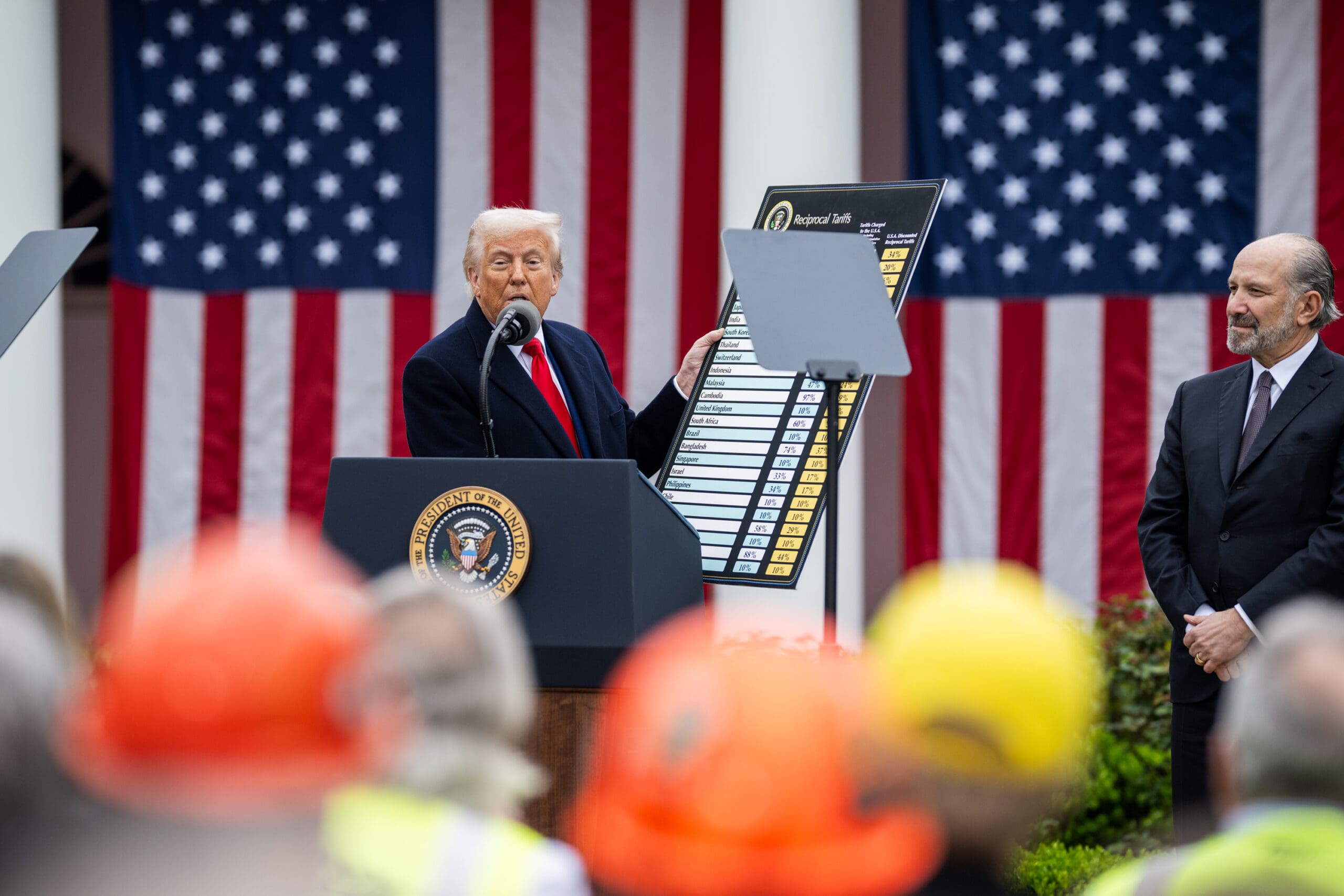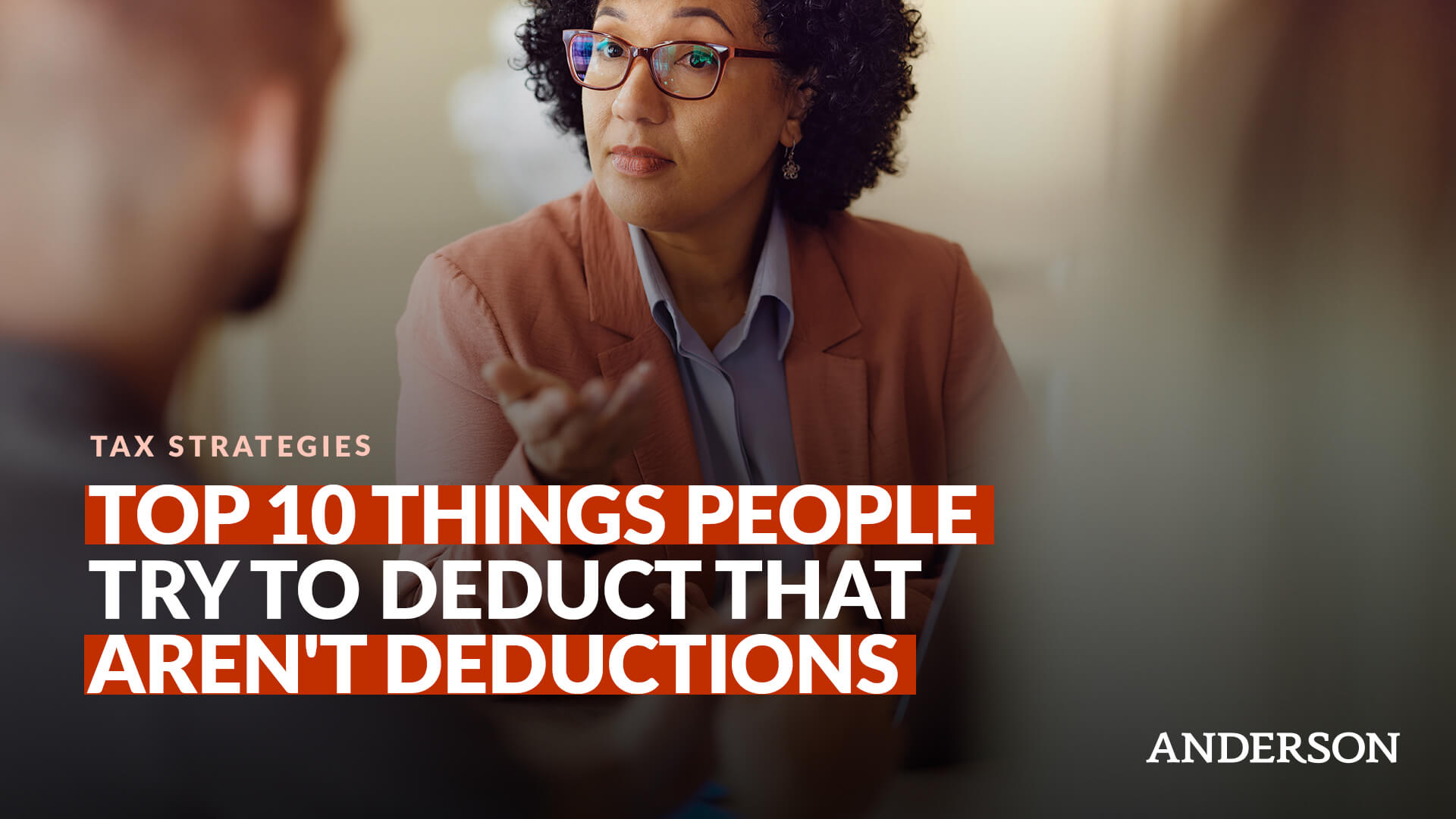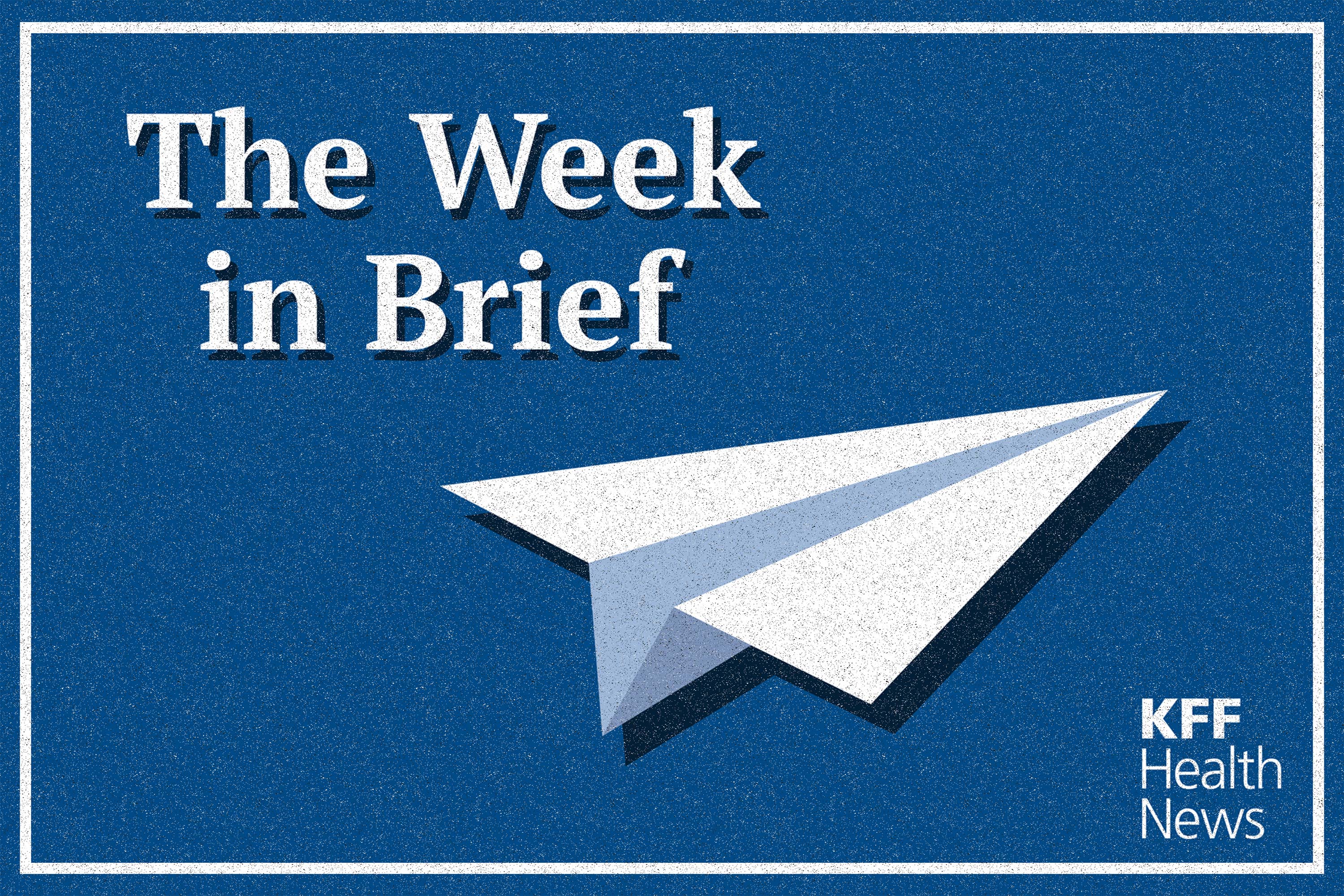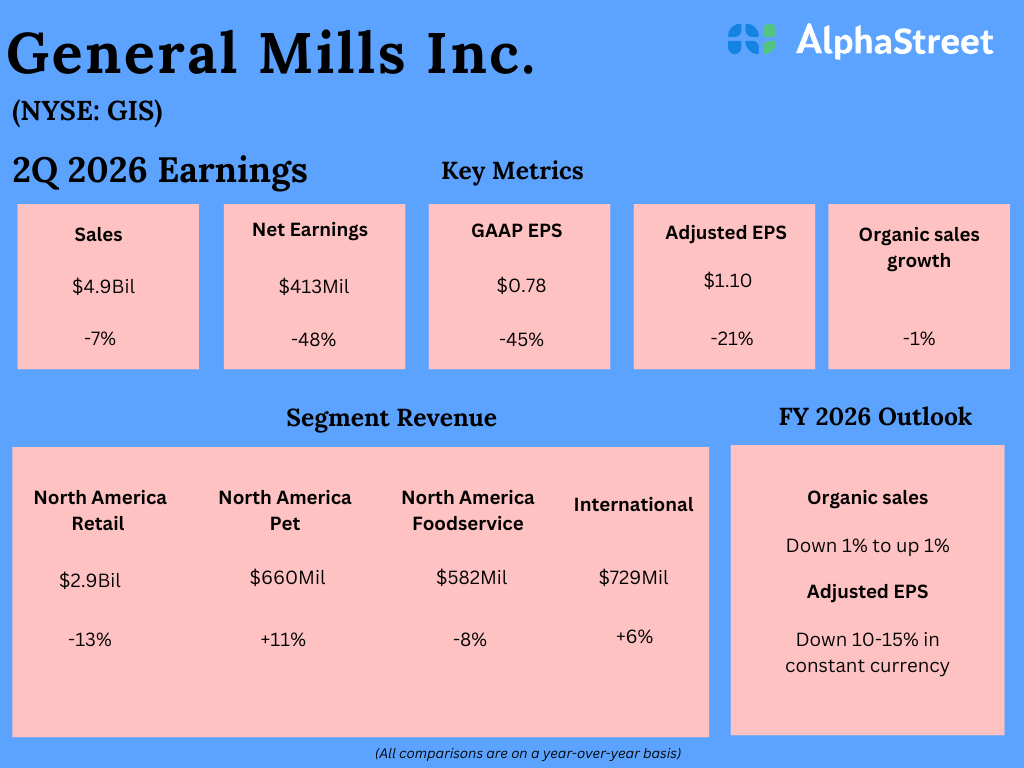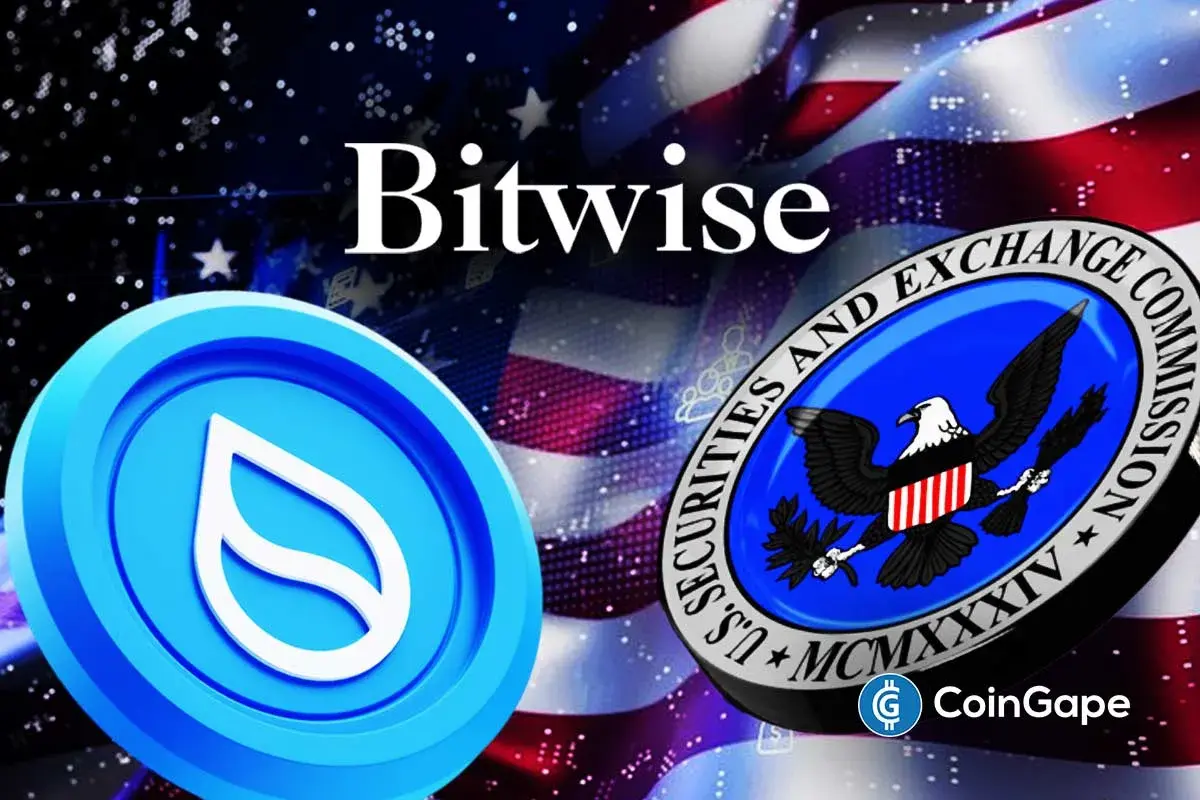The Supreme Court is deciding a case over whether the president can impose sweeping taxA tax is a mandatory payment or charge collected by local, state, and national governments from individuals or businesses to cover the costs of general government services, goods, and activities. increases on imported goods—that is, tariffs—using an emergency law known as IEEPA, the International Emergency Economic Powers Act of 1977. It’s a multi-trillion-dollar question with enormous implications for the US economy, taxpayers, and limitations on emergency powers.
The IEEPA Tariffs in Question
President Trump imposed two separate rounds of tariffs under IEEPA earlier this year, and both sets of tariffs face legal challenge:
Fentanyl tariffs target imports from our three largest trading partners: China, Mexico, and Canada.
Reciprocal tariffs target imports from nearly every US trading partner but exclude goods that face separate product-specific tariffs or that are on exemption lists. IEEPA actions also end the de minimis exemption for low-cost imports from all countries.
Tariffs are taxes paid by importers in the US when they purchase foreign goods. The IEEPA tariffs raise the applied US tariff rate by more than 11 percentage points and, after behavioral shifts, the effective tariffTariffs are taxes imposed by one country on goods imported from another country. Tariffs are trade barriers that raise prices, reduce available quantities of goods and services for US businesses and consumers, and create an economic burden on foreign exporters. rate by more than 6 percentage points. Imports from different trading partners face a range of tax rates between 10 percent and 50 percent: for example, China is at 20 percent, Mexico 25 percent (potentially rising to 30 percent in November), India 50 percent, and Canada 35 percent (potentially rising to 45 percent because of Ontario’s anti-tariff TV ad).
In all, the government has collected more than $88 billion in tax revenue from the IEEPA tariffs through August.
Over the coming decade, we estimate the government will collect nearly $1.8 trillion in tax revenue from the IEEPA tariffs; revenues will grow from $164 billion in 2026 to $220 billion by 2034. The IEEPA tariffs increase taxes by an average of $1,000 per US household in 2025, and by $1,300 per US household every year thereafter.
In addition to increasing tax burdens on US households, the IEEPA tariffs come at a significant cost to the US economy. If they are left in place, we estimate the IEEPA tariffs would shrink the size of the US economy by 0.4 percent and reduce employment by more than 428,000 full-time equivalent jobs, before factoring in retaliation from trading partners.
Small Businesses Challenge the Tariffs
President Trump’s actions under IEEPA were the first time the statute had been used to impose tariffs. Several US businesses sued the federal government over the tariffs (Learning Resources, Inc. v. Trump), arguing they exceeded the president’s authority. The plaintiffs are small business owners, including American manufacturers and retailers, and several state attorneys general.
On May 28, a panel of judges at the US International Court of Trade unanimously ruled that the IEEPA tariffs were illegal, a decision that was upheld by the US Court of Appeals on August 29. The tariffs remain in effect while the administration prepares its appeal to the Supreme Court. The Supreme Court will hear oral arguments on November 5.
The Stakes of the Decision
Until the Supreme Court makes its decision, businesses and workers are stuck paying the tariffs and facing uncertainty over how to plan for the future.
Businesses that pay tariffs may hesitate to pass that burden on to their consumers if they anticipate that the tariffs may be temporary. So far, evidence shows the tariffs have raised overall retail prices by about 4.9 percentage points relative to the pre-tariff trend. If the Supreme Court upholds the tariffs, we should expect prices to rise even more in the coming months.
If the Supreme Court strikes down the tariffs, the Trump administration may explore other avenues to impose higher tariffs. Businesses may experience some tariff reprieve, and depending on the ruling, receive rebates for IEEPA tariffs already paid. But if the administration imposes tariffs through other avenues, the economic damage could still pile up.
A Supreme Court ruling that affirms limitations to the president’s power to unilaterally impose significant tax hikes would be welcome.
Stay informed on the tax policies impacting you.
Subscribe to get insights from our trusted experts delivered straight to your inbox.
Subscribe
Share this article

